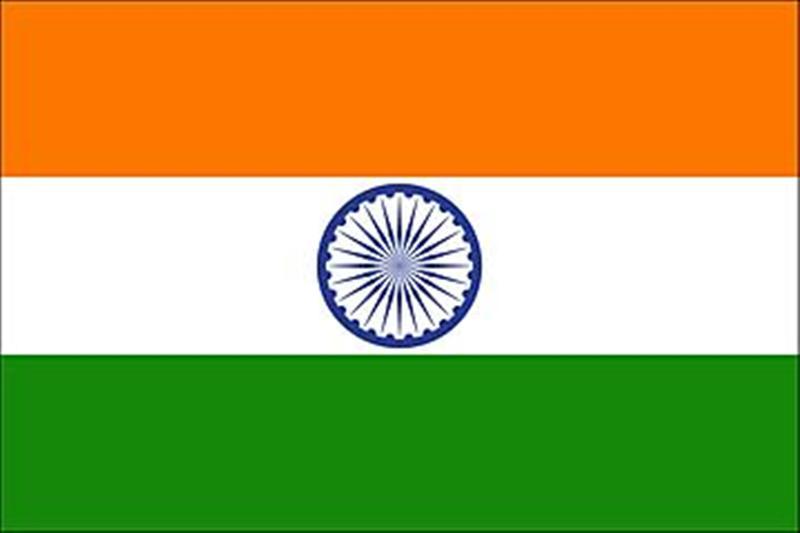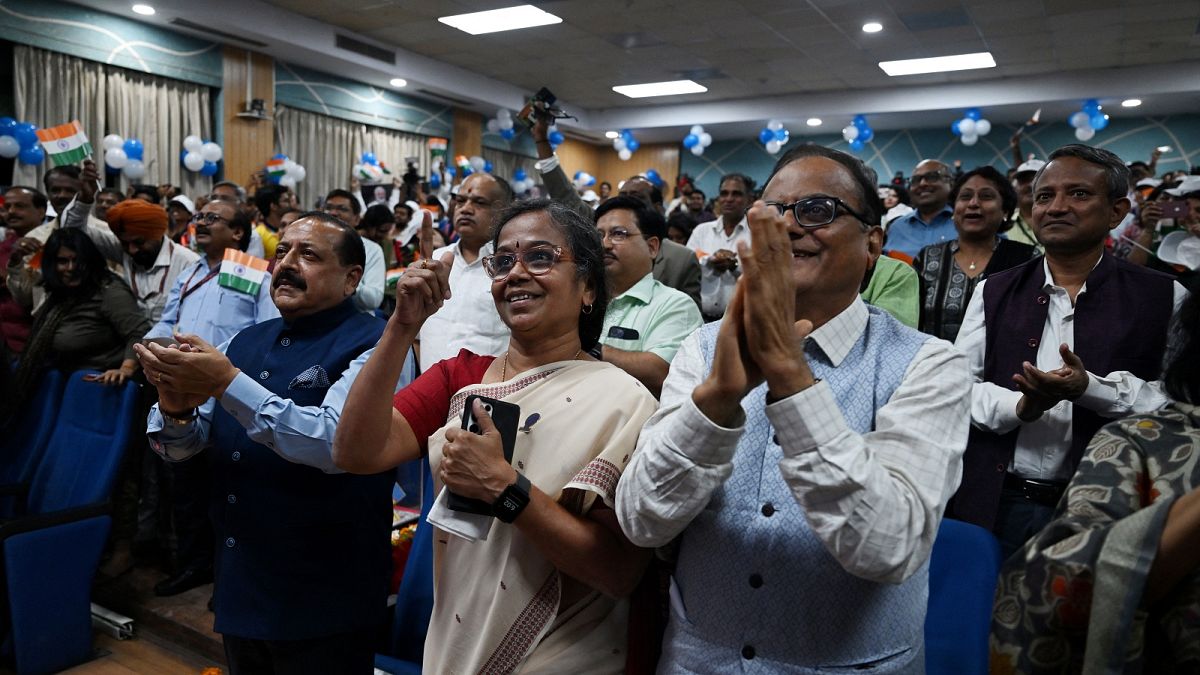ST1976
FULL MEMBER

- Joined
- Jul 25, 2006
- Messages
- 878
- Reaction score
- 0
- Country
- Location
The category of newly industrialized country (NIC), newly industrialized economy (NIE)[1] or middle income country[2] is a socioeconomic classification applied to several countries around the world by political scientists and economists. They represent a subset of developing countries whose economic growth is much higher than other developing countries; and where the social consequences of industrialization, such as urbanization, are reorganizing society.
All four countries are classified as high-income economies by the World Bank and developed countries by the International Monetary Fund (IMF) and U.S. Central Intelligence Agency (CIA). All of the Four Asian Tigers, like Western European countries, have a Human Development Index considered "very high" by the United Nations.

 en.wikipedia.org
en.wikipedia.org
 en.wikipedia.org
en.wikipedia.org
Definition[edit]
NICs are countries whose economies have not yet reached a developed country's status but have, in a macroeconomic sense, outpaced their developing counterparts. Such countries are still considered developing nations and only differ from other developing nations in the rate at which an NIC's growth is much higher over a shorter allotted time period compared to other developing nations.[3] Another characterization of NICs is that of countries undergoing rapid economic growth (usually export-oriented).[4] Incipient or ongoing industrialization is an important indicator of an NIC.Characteristics of newly industrialized countries[edit]
Newly industrialized countries can bring about an increase of stabilization in a country's social and economic status, allowing the people living in these nations to begin to experience better living conditions and better lifestyles. Another characteristic that appears in newly industrialized countries is the further development in government structures, such as democracy, the rule of law, and less corruption. Other such examples of a better lifestyle people living in such countries can experience are better transportation, electricity, and better access to water, compared to other developing countries and low infant mortality rate.Historical context[edit]
The term came into use around 1970, when the Four Asian Tigers[5] of Taiwan, Singapore, Hong Kong and South Korea rose to become globally competitive in science, technological innovation and economic prosperity as well as NICs in the 1970s and 1980s, with exceptionally fast industrial growth since the 1960s; all four countries having since graduated into high-tech industrialized developed countries with wealthy high-income economies. There is a clear distinction between these countries and the countries now considered NICs. In particular, the combination of an open political process, high GNI per capita, and a thriving, export-oriented economic policy has shown that these East Asian economic tiger countries have roughly come to a match with developed countries as those of Western Europe as well Canada, Japan, Australia, New Zealand and the United States.All four countries are classified as high-income economies by the World Bank and developed countries by the International Monetary Fund (IMF) and U.S. Central Intelligence Agency (CIA). All of the Four Asian Tigers, like Western European countries, have a Human Development Index considered "very high" by the United Nations.
Current[edit]
The table below presents the list of countries consistently considered NICs by different authors and experts.[6][7][8][9] Turkey and South Africa were classified among the world's 34 developed countries (DCs) by the CIA World Factbook in 2008.[1] Turkey became a founding member of the OECD in 1961 and Mexico joined in 1994. The G8+5 group is composed of the original G8 members in addition to China, India, Mexico, South Africa and Brazil. The members of the G20 include Brazil, China, India, Indonesia, Mexico, South Africa and Turkey.| Country | Region | GDP (nominal) (Millions of USD, 2023 IMF)[10] | GDP per capita (nominal) (USD, 2023 IMF)[10] | GDP (PPP) (Millions of current Int$, 2023 IMF)[10] | GDP per capita (PPP) (current Int$, 2023 IMF)[10] | Income inequality (GINI) 2011–19[11][12][13] | Human Development Index (HDI, 2021)[14] | hide Real GDP growth rate as of 2022[15] |
|---|---|---|---|---|---|---|---|---|

| Africa | 399,015 | 6,485 | 990,030 | 16,091 | 64 (2018) | 0.713 (high) | 1.1 |
| Latin America | 2,081,235 | 9,673 | 4,020,381 | 18,686 | 44.9 (2019) | 0.754 (high) | 1.0 | |
| 1,663,164 | 12,674 | 3,125,902 | 23,820 | 41.8 (2019) | 0.758 (high) | 1.2 | ||
| Asia-Pacific | 19,373,586 | 13,721 | 33,014,998 | 23,382 | 38.5 (2016) | 0.768 (high) | 4.4 | |
| 3,732,882 | 3,057 | 13,12,443 | 10,475 | 35.3 (2018) | 0.633 (medium) | 6.4 | ||
| 440,901 | 3,905 | 1,289,281 | 11,420 | 42.3 (2019) | 0.699 (medium) | 5.7 | ||
| 447,026 | 13,382 | 1,230,823 | 36,847 | 41.1 (2019) | 0.803 (very high) | 4.4 | ||
| 1,391,778 | 5,017 | 4,398,729 | 15,855 | 38.2 (2018) | 0.705 (high) | 5.0 | ||
| 574,231 | 8,182 | 1,591,402 | 22,675 | 34.9 (2019) | 0.800 (very high) | 3.7 | ||
| Eurasia | 1,029,303 | 11,932 | 3,572,551 | 41,412 | 41.9 (2019) | 0.838 (very high) | 3.0 |



















